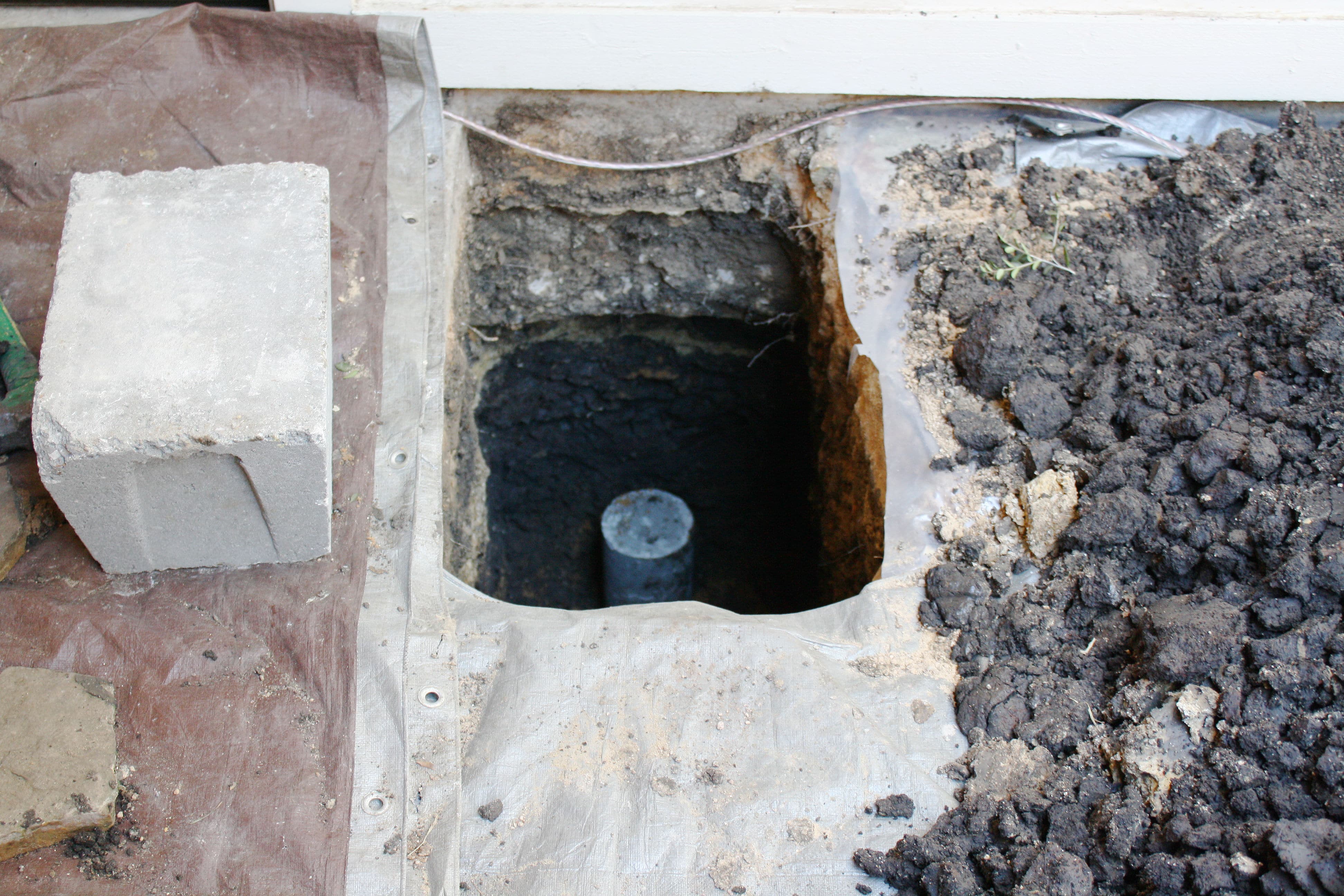Concrete piles are a mainstay in foundation repairs, especially repairs around the Garland, TX area. The region is rich in clay soil, which is prone to shifting, contraction, and expansion. The constant soil movement can seriously compromise building foundation, causing cracks, sloping, and sinking.
What Are Concrete Piles?
Concrete piles are vertical cylindrical beams, usually about 6-inches in diameter. The installer digs a hole about two-feet deep and adjacent to the foundation that the piles go into. A hydraulic machine is used to press the piles deep into the holes until it reaches solid bedrock or maximum strata is reached. A concrete cap is then added over the piles.
Piles are usually made from concrete, though they may also be made from steel and reinforced with other material.
Why Use Concrete Piles?
There are many advantages to using concrete piles. Concrete piles are far more affordable and speedier compared to other methods. It also requires minimal equipment and space. Installers also don’t need to dig expansive and space-consuming holes beyond the ones for inserting the piles. This contributes to site cleanliness with minimal intrusions during site operation. Surrounding landscape is often left undisturbed and fully intact.
Concrete piles also make sense financially; most installations come with a lengthy warranty and can be adjusted for the life of the structure.
When to Use Concrete Piles
An installer will assess your foundation and other factors like extent of damage and soil condition. An evaluation will determine whether concrete piles are the best solution for the situation. Usually, concrete piles are in order when:
- The upper layer of soil is weakening and unable to support the weight of the building. The building load then needs to be transferred to the stronger soil or bedrock that lies below the weak upper layer.
- The building has extremely heavy and concentrated loads.
Concrete Pile Types
- End-Bearing Piles – This pile is used when the soil has a stronger bottom layer, usually consisting of firm bedrock for the pile to anchor to. The pile essentially acts as a support column.
- Friction Piles – this is shorter than an end-bearing pile and usually does not reach the bottom of bedrock. Instead, the pile transfers the building’s weight and load evenly across the soil.
In any case, the evaluator will determine which concrete pile type is ideal for any given situation.
Fortifying Your Foundation
Concrete piles are more affordable and feasible for most situations thanks to new technology in the industry. Contact us at Align Foundation Repair if you notice irregularities in your foundation, such as sloping, tilting, or cracks in the walls. Repairing concrete piles is one of our mainstay services in the Dallas-Forth Worth region.


